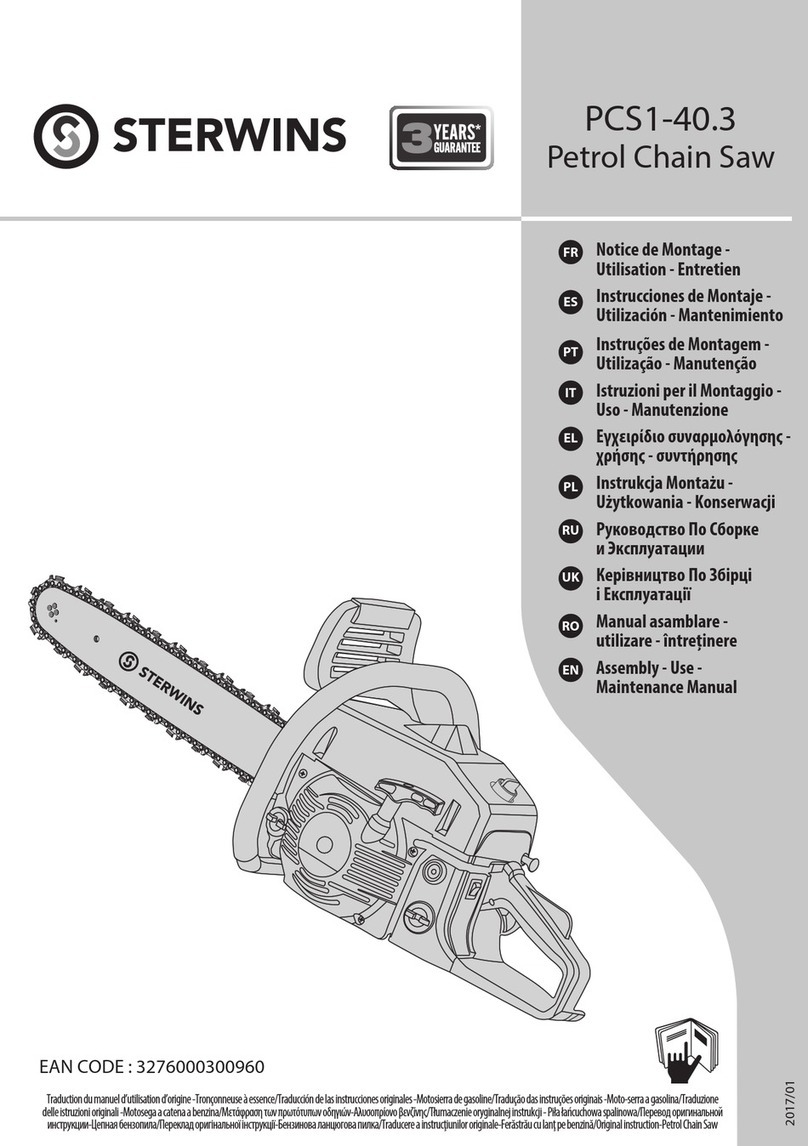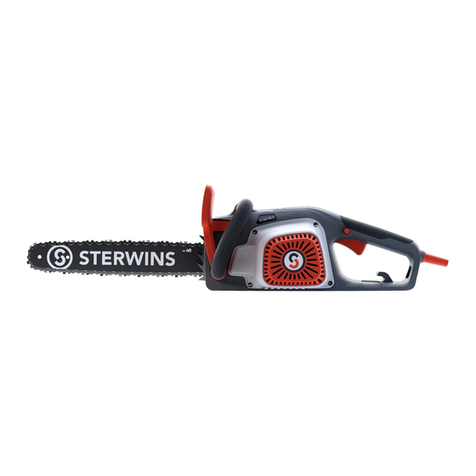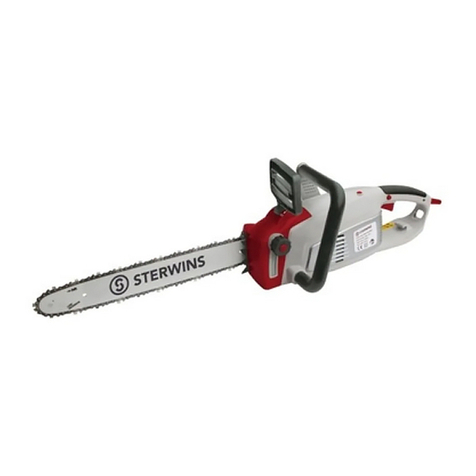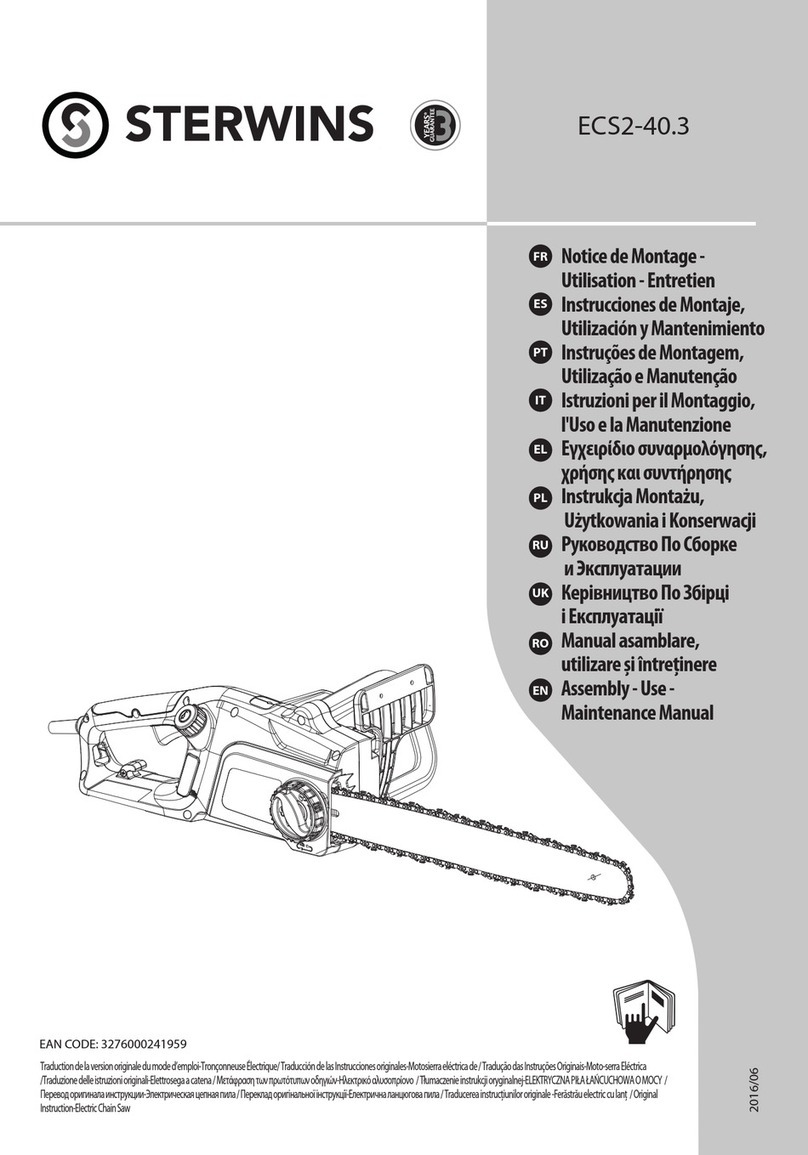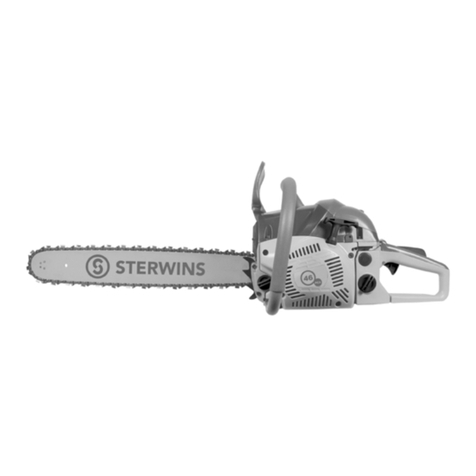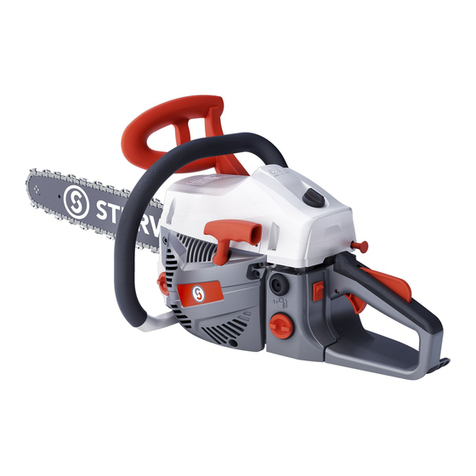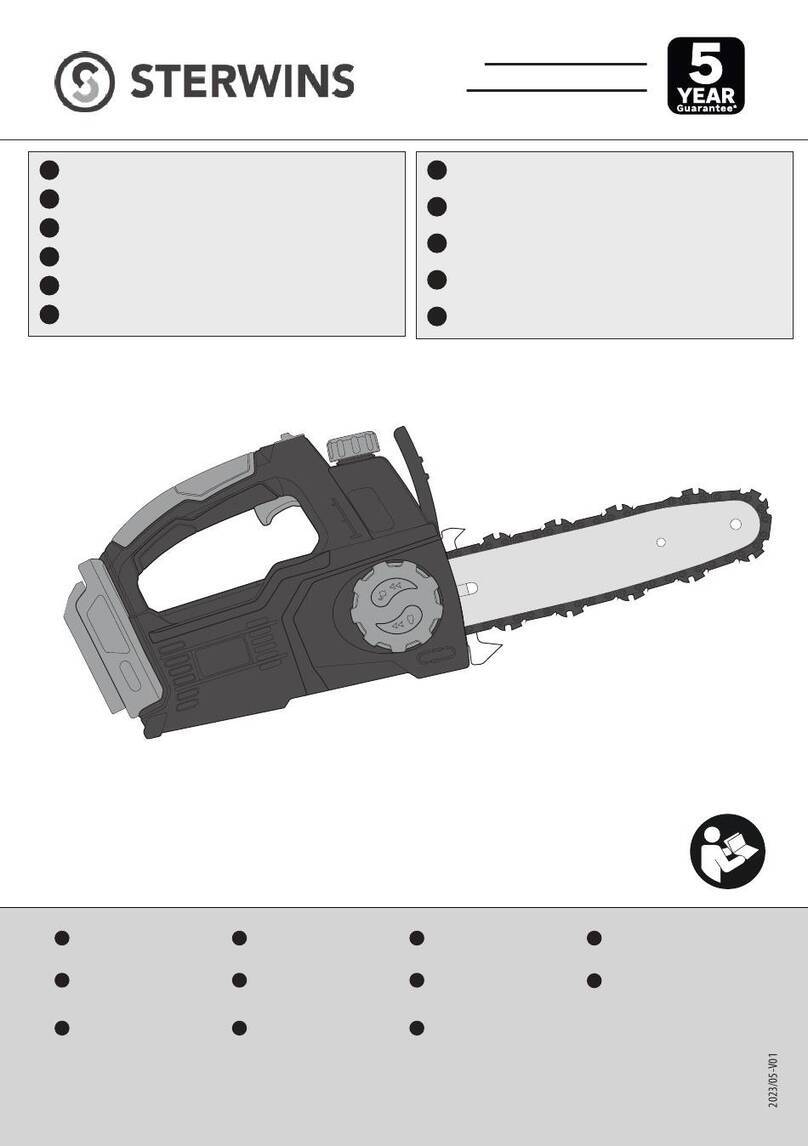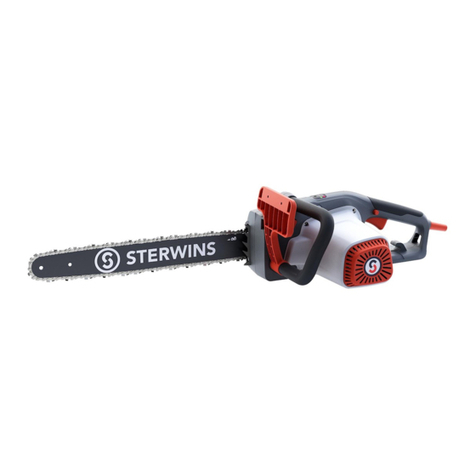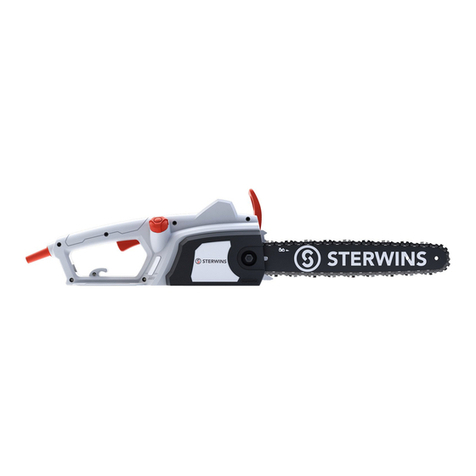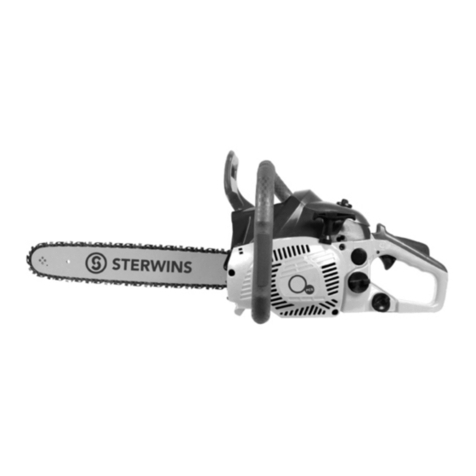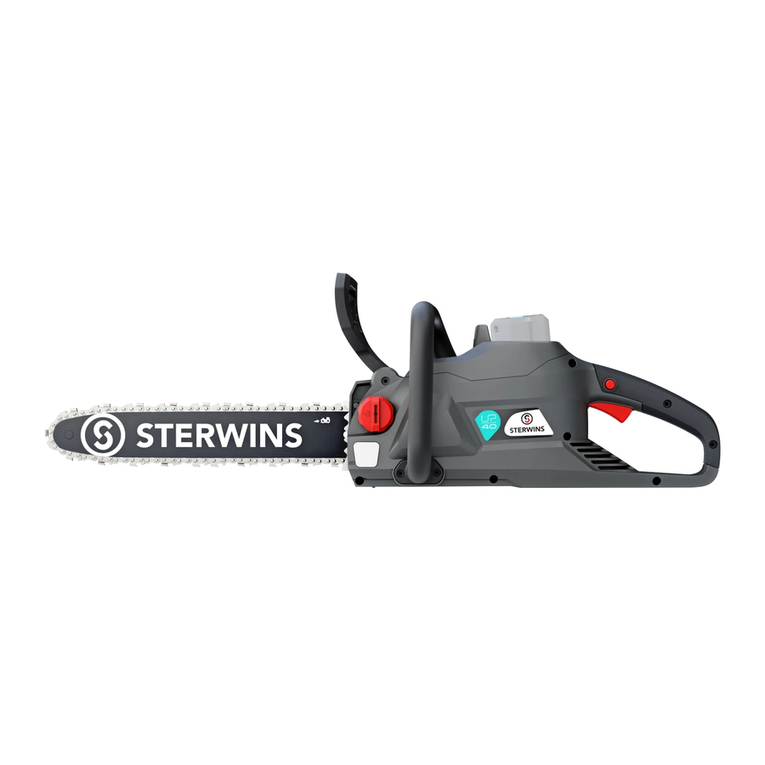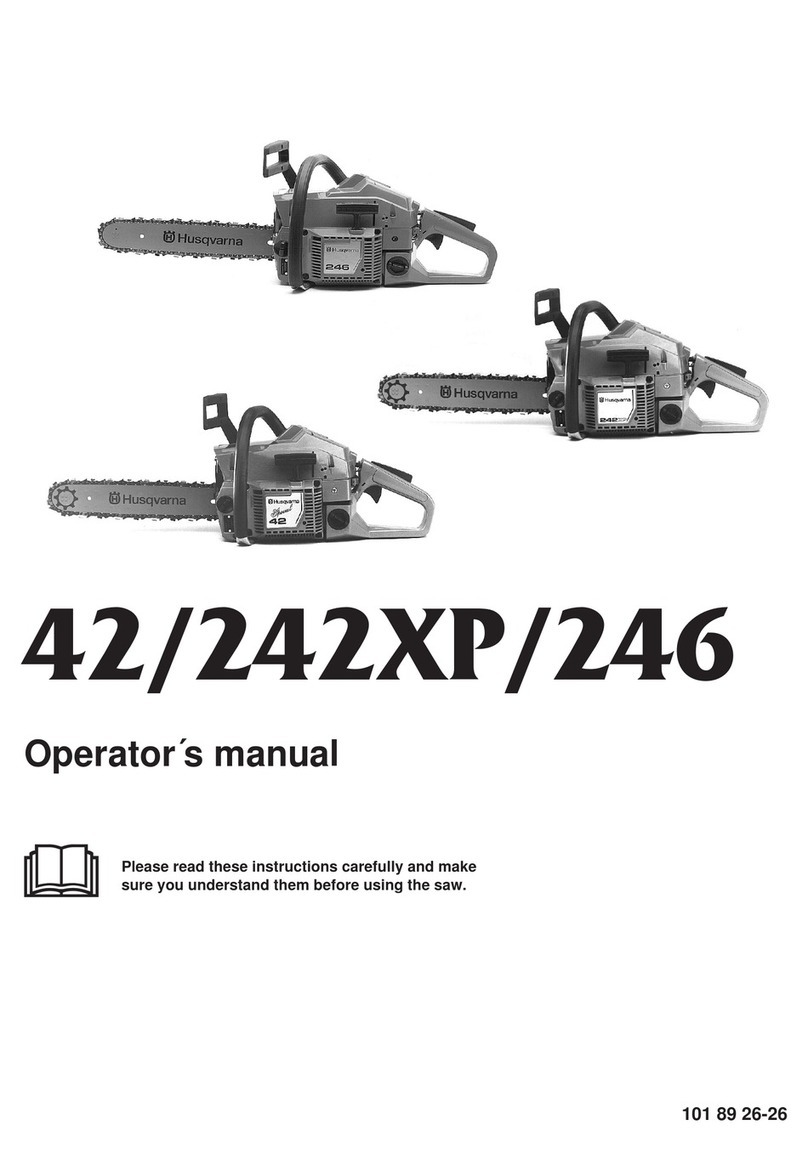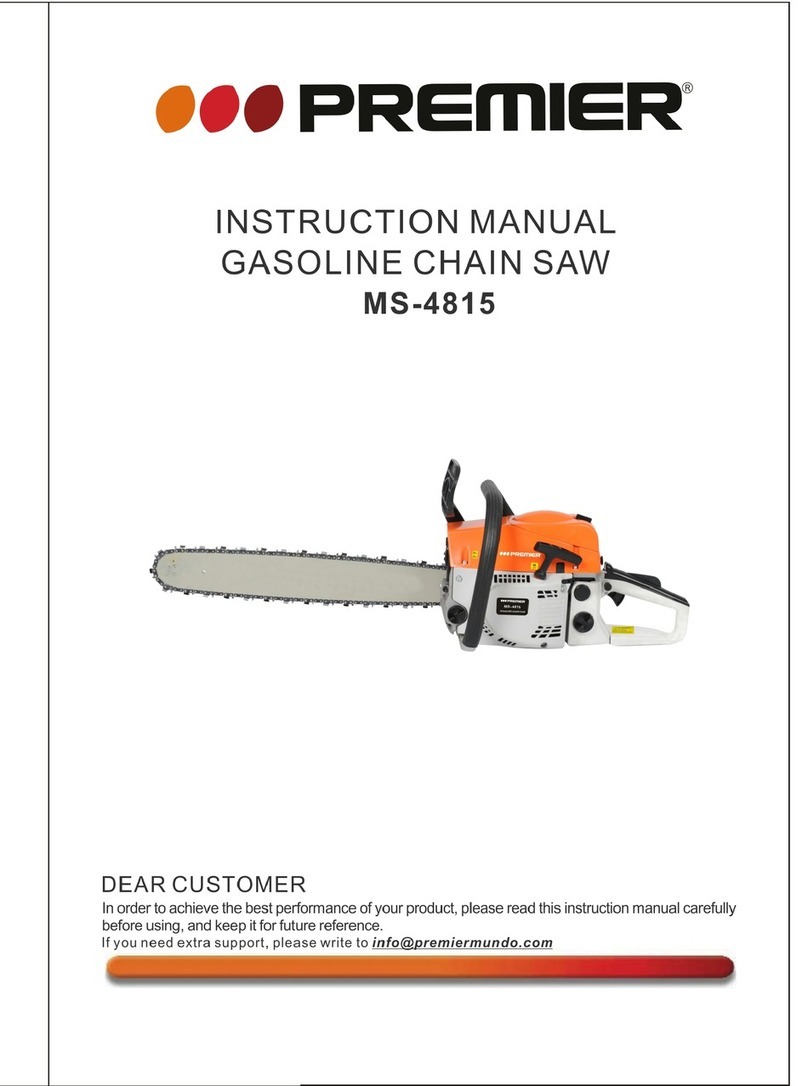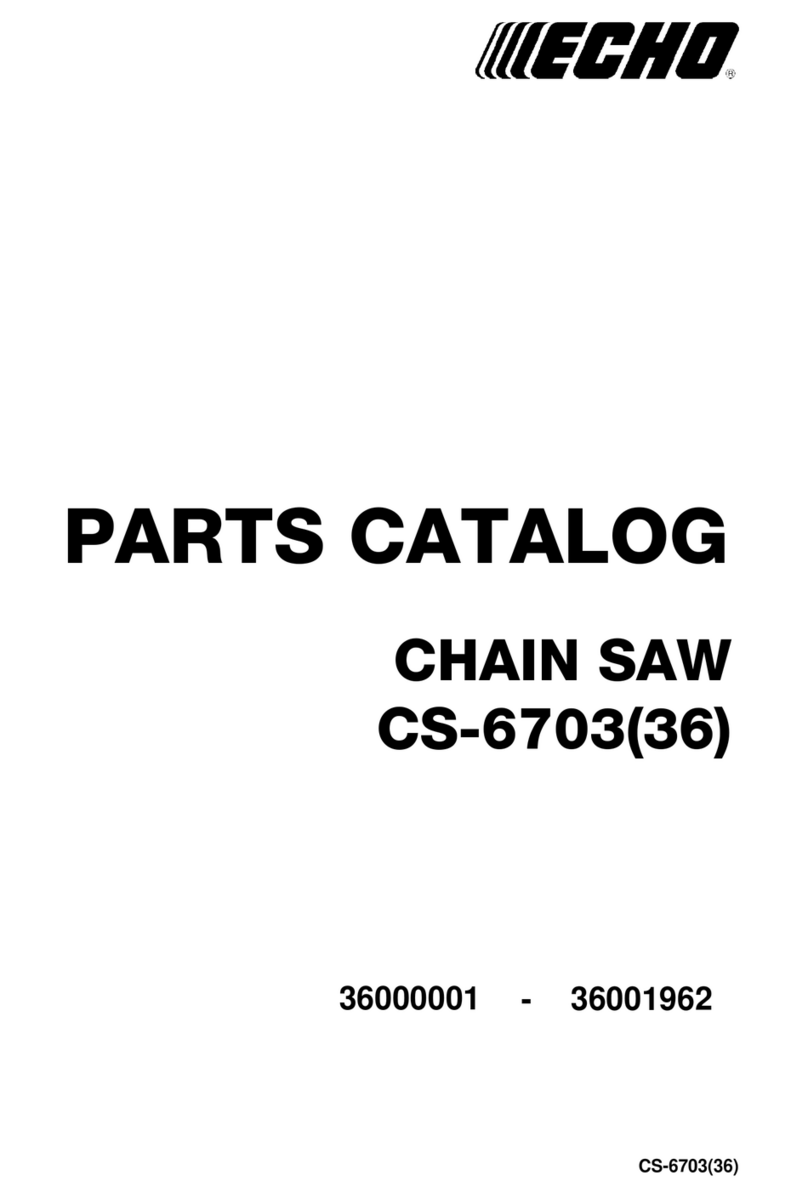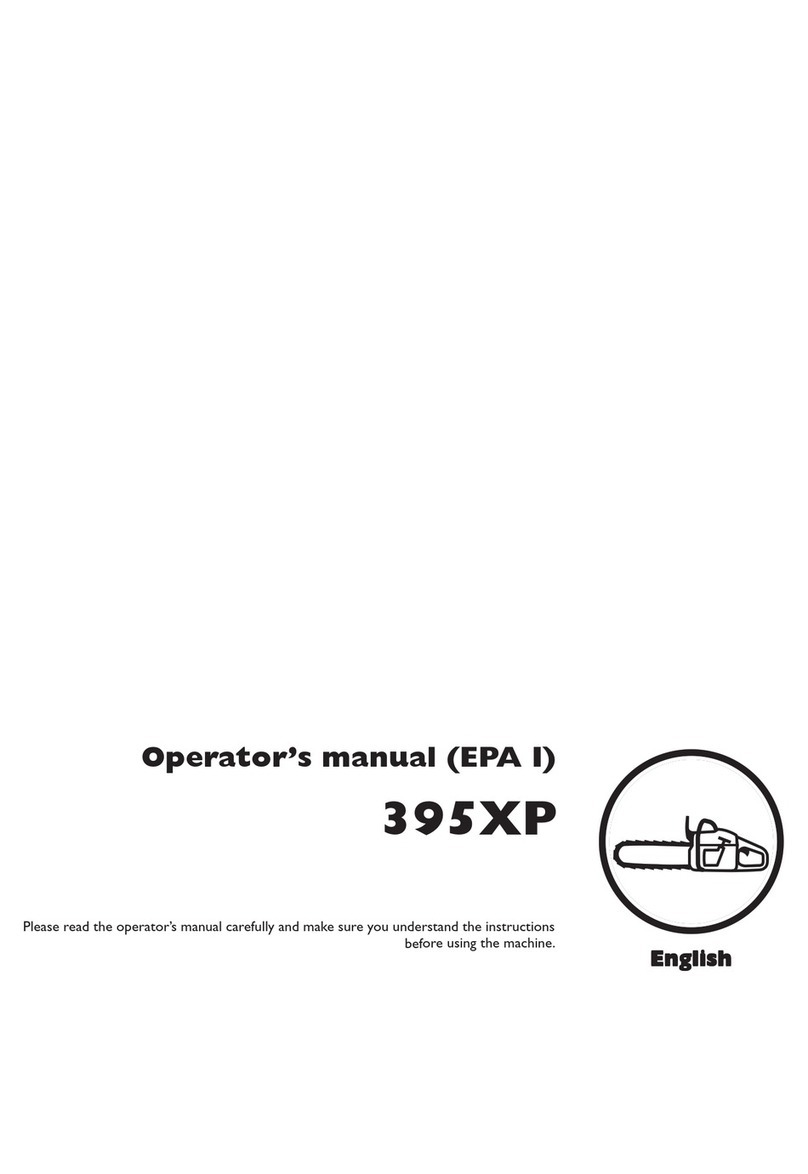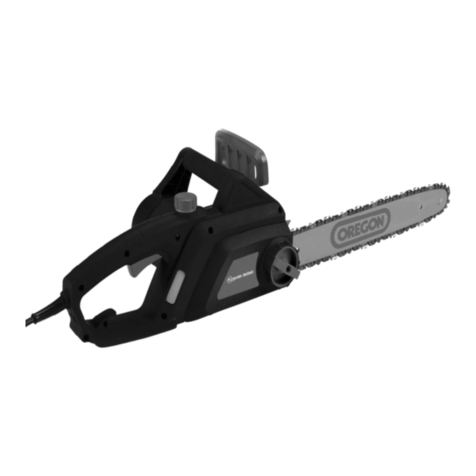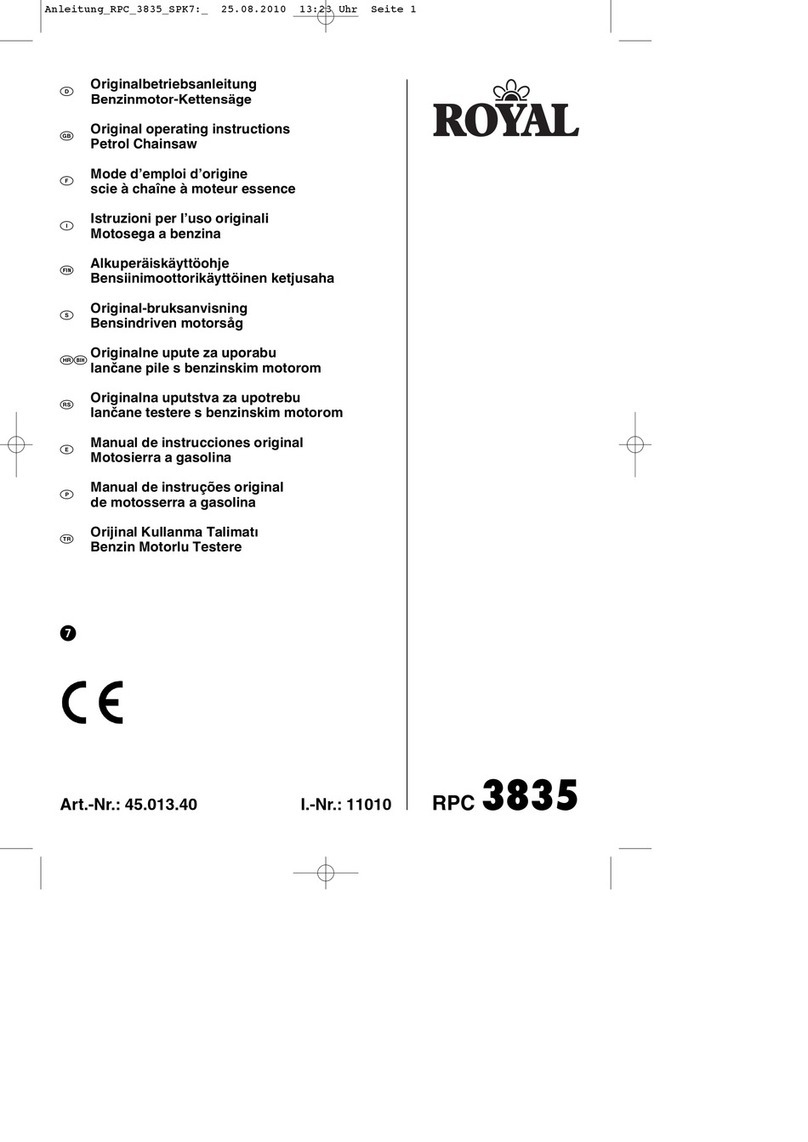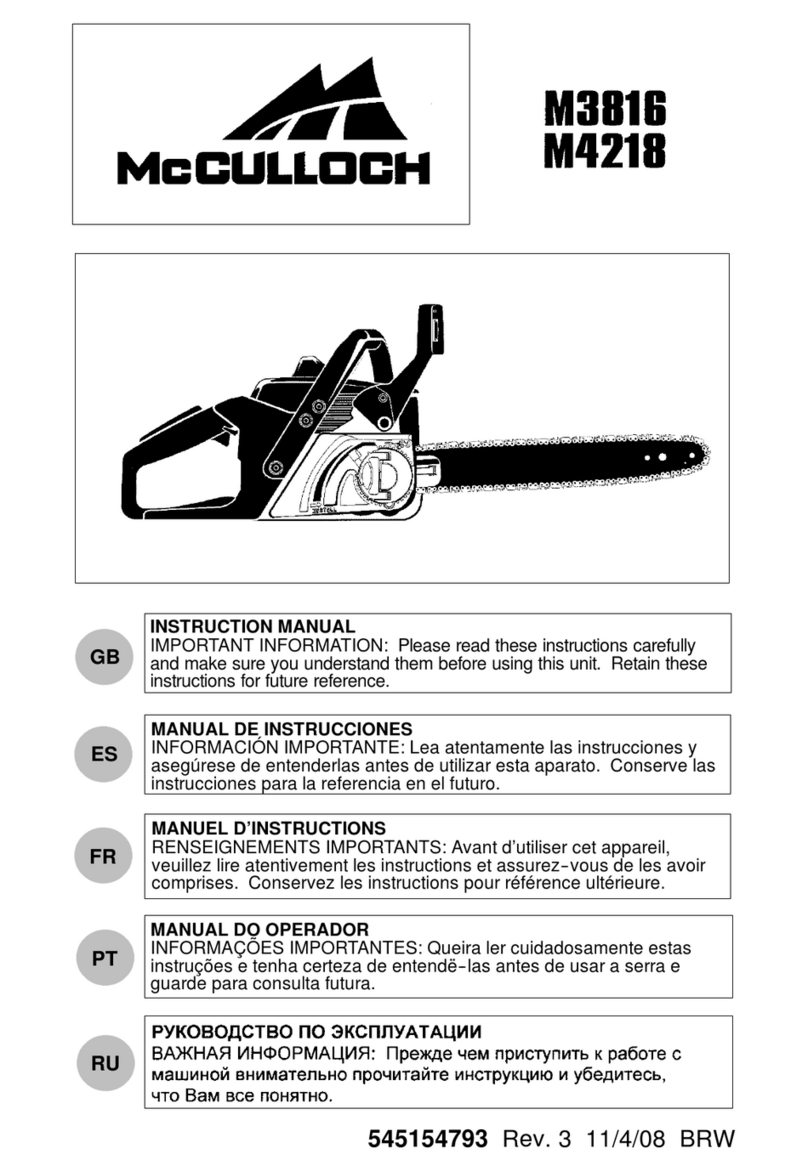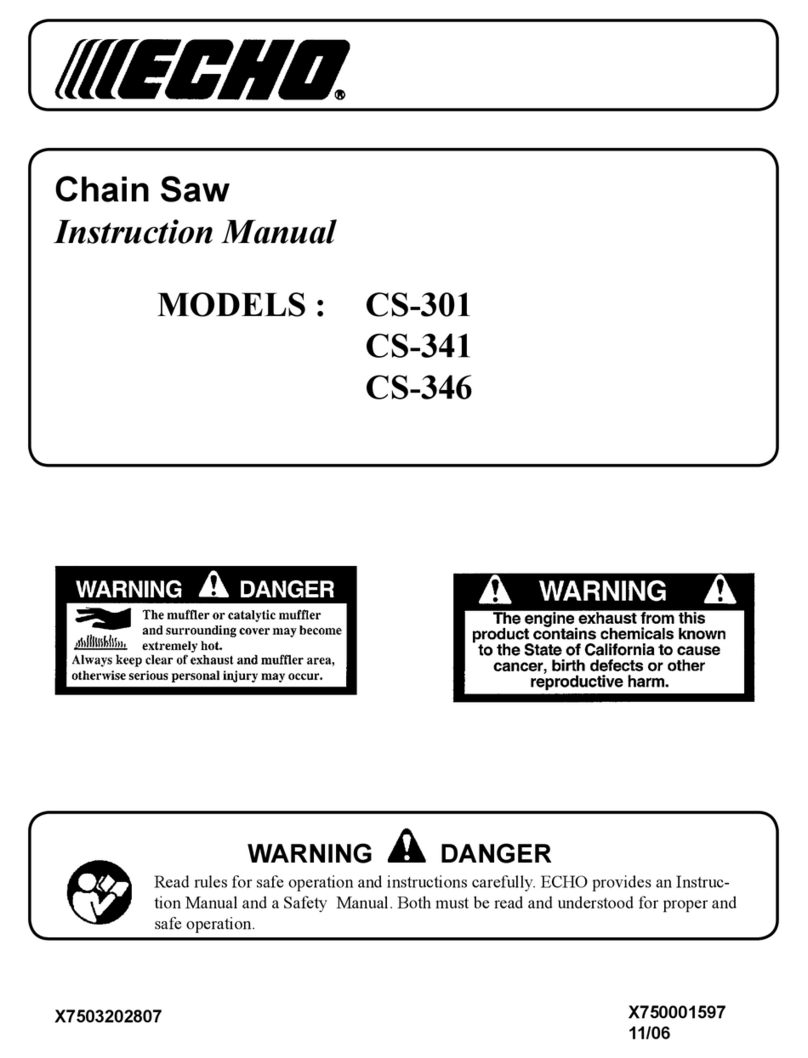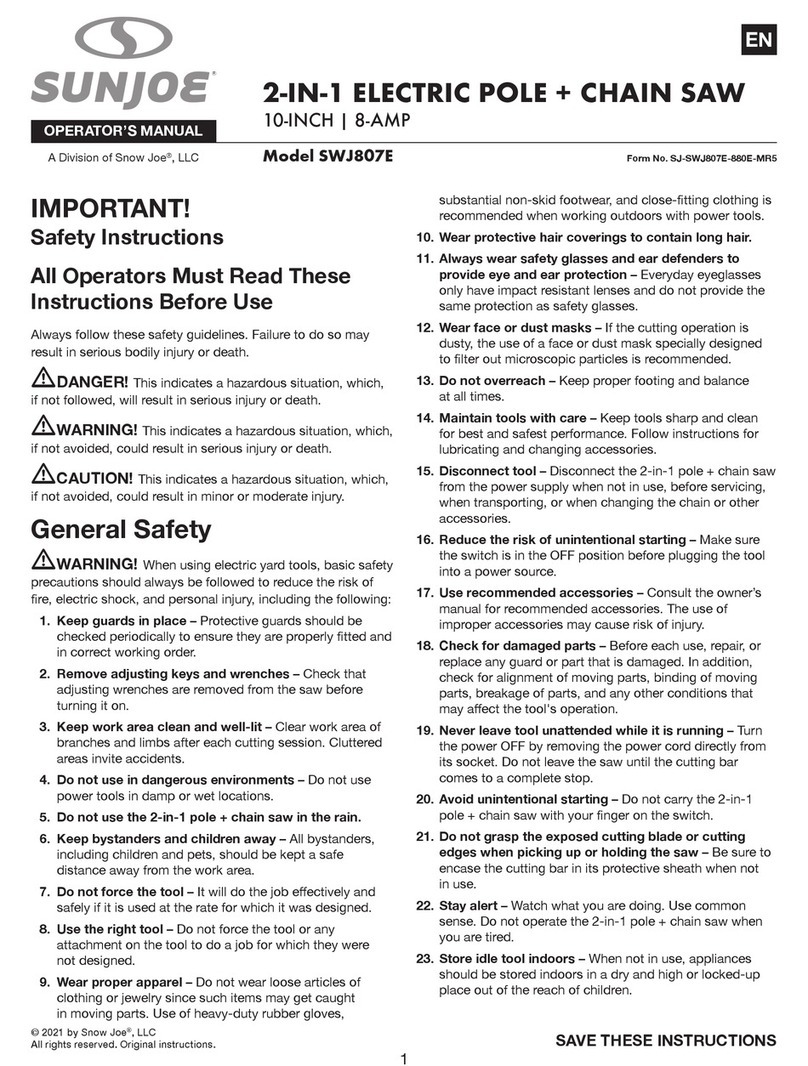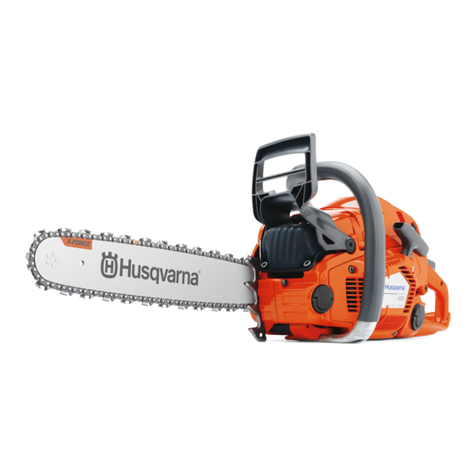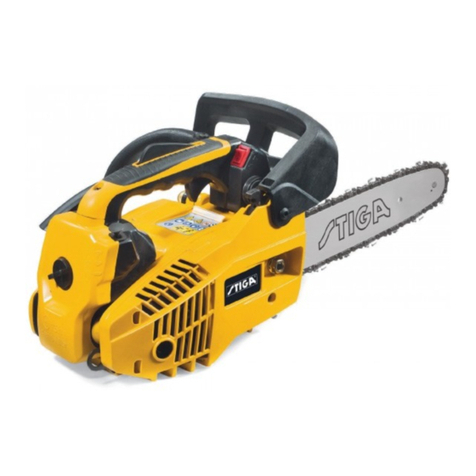
9
RU
KZ
EN
2.7 POWER TOOL USE AND CARE
• Some regions have regulations that restrict the use of the product in some operations.
Check with your local authority for advice.
• Do not allow children, persons with reduced physical, sensory or mental capabilities or
lack of experience and knowledge, or people unfamiliar with these instructions to use the
product. Local regulations may restrict the age of the operator.
• Keep in mind that the operator or user is responsible for accidents or hazards occurring
to other people or their property.
• While operating the product, always wear substantial footwear and long trousers. Do
not operate the machine when barefoot or when wearing open sandals. Avoid wearing
clothing that is loose tting or that has hanging cords or ties; they can be caught in
moving parts.
• Secure long hair so it is above shoulder level to prevent entanglement in moving parts.
• Before each use, ensure that all controls and safety devices function correctly. Do not use
the tool if the o switch does not stop the product.
• Before each use, always inspect the housing for damage. Ensure that guards and
handles are in place and properly secured.
• Always inspect the tool before use, and after any impact, check for sign of wear or
damage and repair as necessary,especially the parts of the cutting head.
• Never use the product standing on steps or a ladder. Do not work over should height.
• Never operate the product with defective guards or shields, or without safety devices,
such as debris collector, in place.
• Clear the work area before each use.
• Wear a face lter mask in dusty conditions to reduce the risk of injury associated with
the inhalation of dust.
• Do not point the product in the direction of people or pets.
• Do not operate the product near open windows, etc.
• Do not use the power tool if the switch does not turn it on and o. Any power tool that
cannot be controlled with switch is dangerous and must be repaired.
• Always inspect the tool before use, and after any impact, check for sign of wear or
damage and repair as necessary,especially the parts of the cutting head.
• Never use the product standing on steps or a ladder. Do not work over should height.
• Disconnect the plug from the power source and/or the battery pack from the power
tool before making any adjustments, changing accessories, transporting or storing
power tools. Such preventive safety measures reduce the risk of starting the power tool
accidentally.
